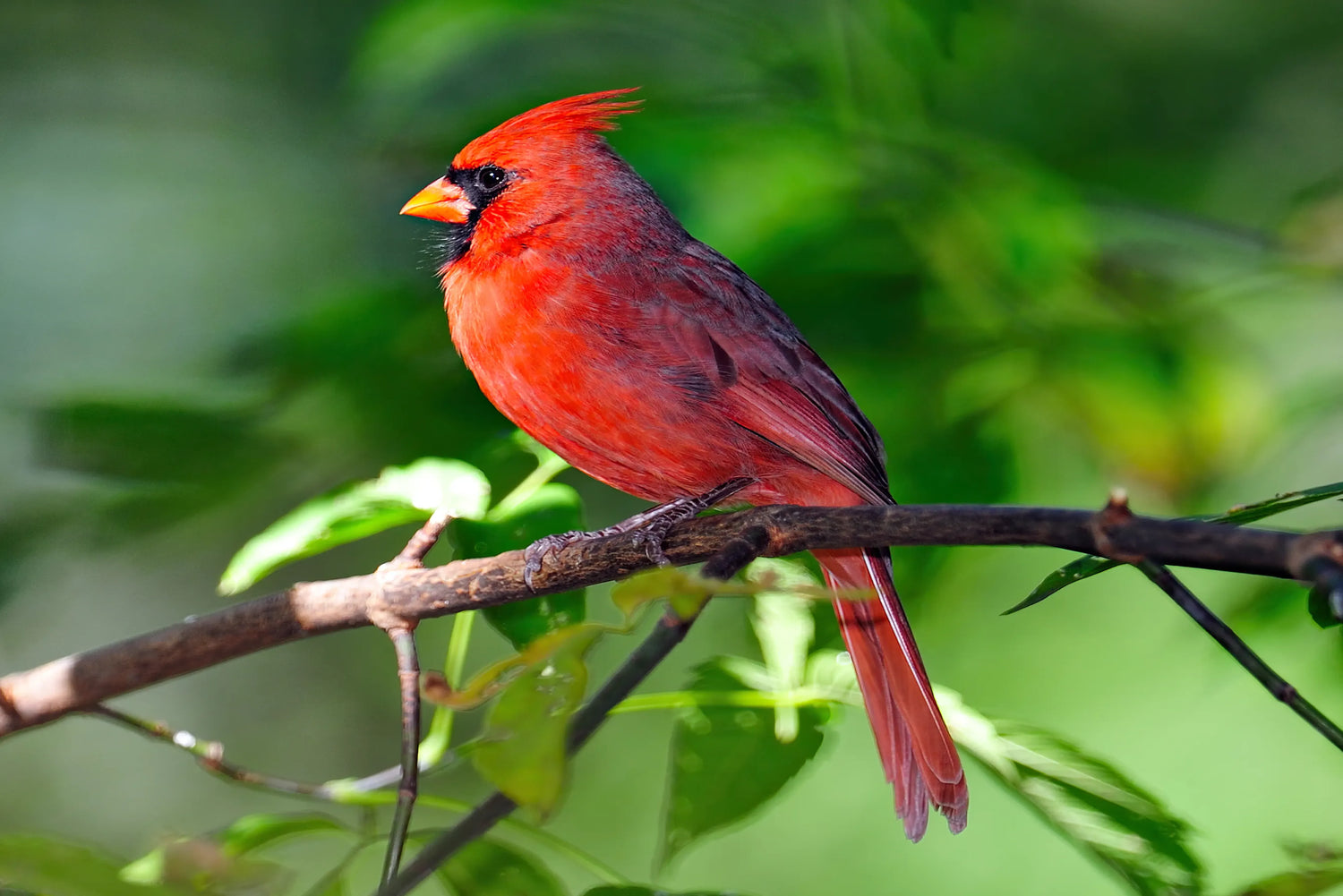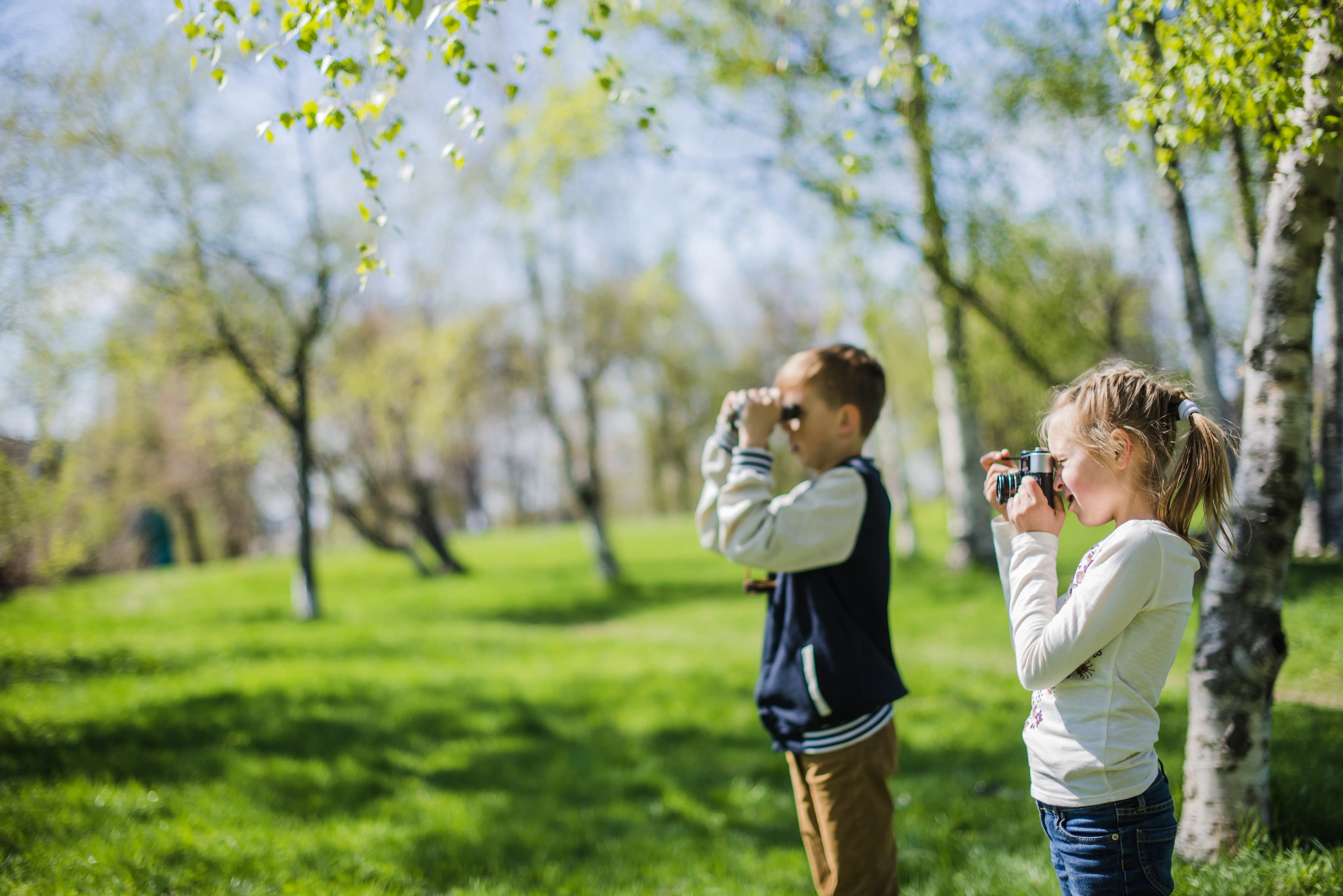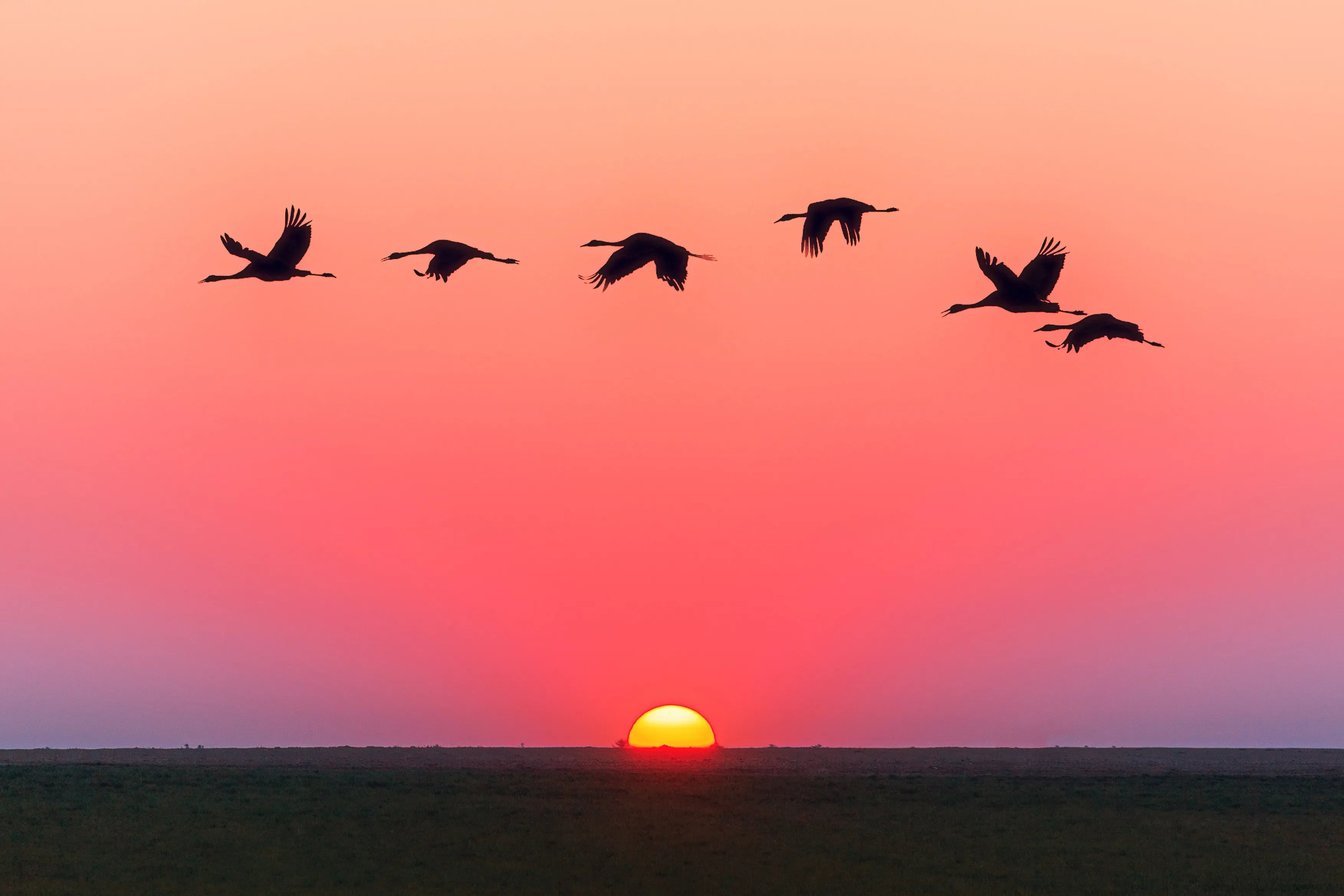Have you ever glanced out your window and seen a flash of crimson perched on a branch? A bird with a red head is hard to miss—and even harder to identify, since several species share this eye-catching feature.
Whether you're a casual backyard observer or an enthusiastic birder, this guide will help you identify the most common and striking red-headed birds you might see across North America and beyond.
Let’s dive into some of the most beautiful—and sometimes surprising—birds sporting scarlet crowns.
1. Northern Cardinal
Scientific name: Cardinalis cardinalis
Where to spot: Eastern and Central U.S., year-round
Perhaps the most famous red-headed bird, the male Northern Cardinal is entirely red, while the female has more muted tones with a reddish crest and accents. Their bright plumage and sweet whistles make them backyard favorites.
2. House Finch
Scientific name: Haemorhous mexicanus
Where to spot: Widespread across U.S. and Mexico
Often confused with Purple Finches, male House Finches display rosy-red foreheads, throats, and chests. The females, however, are brown and streaky. You’ll often see them around feeders, especially in suburban areas.
3. Red-headed Woodpecker
Scientific name: Melanerpes erythrocephalus
Where to spot: Eastern and central North America, near forests
A bold contrast of red, white, and black, this woodpecker’s entire head is crimson red, making it one of the most dramatic birds on this list. They’re known for catching insects mid-air and storing food in tree crevices.
4. Vermilion Flycatcher
Scientific name: Pyrocephalus rubinus
Where to spot: Southwestern U.S., Mexico, Central America
Small but dazzling, the male Vermilion Flycatcher sports a brilliant red head and belly with charcoal wings. They’re often seen perched on fences and low branches in open spaces.
5. Acorn Woodpecker
Scientific name: Melanerpes formicivorus
Where to spot: Western U.S., particularly California and Arizona
These social birds have a clown-like face with a red cap, black-and-white mask, and white eyes. They are famous for storing thousands of acorns in trees, fences, and even telephone poles.
6. Purple Finch
Scientific name: Haemorhous purpureus
Where to spot: Northeastern U.S., Canada, Pacific Coast in winter
Despite the name, male Purple Finches have a deep raspberry red coloring on the head and chest. They’re bulkier than house finches and are often found at sunflower seed feeders.
7. Summer Tanager
Scientific name: Piranga rubra
Where to spot: Southeastern U.S. in summer, Central America in winter
The male Summer Tanager is almost entirely red, while the female is mustard yellow. These birds feed mostly on bees and wasps and love wooded areas near water.
8. Pine Grosbeak
Scientific name: Pinicola enucleator
Where to spot: Northern U.S., Canada, mountain regions
Males have a soft red head and chest with gray wings, making them one of the gentlest-looking birds. They appear in flocks in colder climates and enjoy fruiting trees.
9. Cassin’s Finch
Scientific name: Haemorhous cassinii
Where to spot: Western mountains of North America
These birds resemble house finches, but have a brighter crimson crown and lighter body streaks. Look for them in pine forests or backyard feeders in higher elevation zones.
10. Scarlet Tanager (breeding season)
Scientific name: Piranga olivacea
Where to spot: Eastern U.S. (summer), Central and South America (winter)
The male Scarlet Tanager is fiery red with jet-black wings during the breeding season. Outside of spring and summer, their plumage dulls to olive yellow, making them harder to spot.
🧠 Why Do Some Birds Have Red Heads?
Red coloring in birds typically comes from carotenoids—natural pigments found in the seeds, fruits, and insects they eat. These pigments are absorbed and reflected in their feathers, especially in males.
In many species, a brighter red head is a signal of better health and higher mating potential. Nature’s fashion show, if you will!
🔍 Don’t Confuse These Look-Alikes!
| 🔴 Red-Headed Bird | 🔄 Often Confused With | 🧩 Key Difference |
|---|---|---|
| House Finch | Purple Finch | Purple Finch is bulkier with more raspberry tones |
| Red-headed Woodpecker | Pileated Woodpecker | Pileated has only a red crest, not full head |
| Scarlet Tanager | Summer Tanager | Wing color and seasonal timing help differentiate |
🧭 How to Identify Birds with Red Heads?
When you spot a red head, look for:
- Size and body shape.
- Beak type (conical for seed-eaters vs long for insect-hunters).
- Color patterns beyond the head.
- Sounds or calls.
- Location and time of year.
🔍 Want to observe and identify birds more easily?
Smart bird feeder with cameras can capture high-res images and even offer AI-powered bird ID directly to your phone. Great for beginners and pros alike!
💬 FAQs About Red-Headed Birds
Q: Are all birds with red heads male?
A: Not always. In many species, males are more colorful, but females may also have red tinges or crests.
Q: Can birds’ colors change with the seasons?
A: Yes! Many species molt or shift to duller plumage outside of mating season—like the Scarlet Tanager turning olive-yellow.
Q: What should I feed to attract red-headed birds?
A: Black oil sunflower seeds, safflower, fruit slices, and suet are all effective. Native plants and clean water help too.
Q: Are red-headed birds aggressive?
A: Most are not. Some, like woodpeckers, may become territorial, especially during nesting.
🌟 Final Thoughts: Let the Red Spark Curiosity
Whether it’s the classic Northern Cardinal or a surprise glimpse of a Scarlet Tanager in spring, spotting a bird with a red head is always a treat. Their bright feathers, varied behaviors, and musical calls bring excitement to any garden or trail.
With a little patience—and maybe some tech help from a smart feeder—you’ll soon be identifying red-headed visitors like a pro.
👉 Ready to turn your backyard into a birdwatching paradise?
Explore Smart Feeders by Bilantan and get closer to the birds you love.




Leave a comment
All comments are moderated before being published.
This site is protected by hCaptcha and the hCaptcha Privacy Policy and Terms of Service apply.